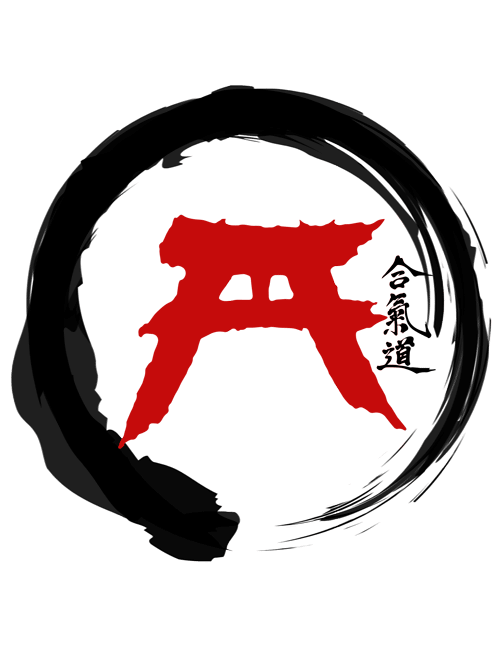These findings are still concerning: if the hardened hair cone is threatened by climate change, what does this mean for other Western conifers given the climatic conditions that experts say will become warmer and drier if greenhouse gases continue to accumulate in the atmosphere? The team hopes to find out what percentage of hair tips are infected and advises the park on measures to protect survivors. Otto De Groff, a graduate of Brigham Young University, is on a mission to visit the 380 well-known silk cone stands. Last year, he discovered three more places in Utah where silk cones are attacked and die. Wheeler Peak Silk Cone Pine Forest, the park`s most accessible grove, is located on the northeast side of Wheeler Peak. It is unusual for it to grow on a glacial moraine composed of quartzite rocks. Most groves grow on limestone or dolomite. The northeast exposure of the Wheeler Peak Grove is also unusual, as most other groves usually have a south or west orientation. Wheeler Peak Grove is accessible via a 1.5-mile (3-mile round-trip) hiking trail from Wheeler Peak Campground. A short self-guided nature trail leads through part of the grove. In summer, the park offers guided interpretive walks through this grove by rangers. So, of course, I made a few phone calls and found a very nice guy named David Spiesman who builds beautiful furniture from the dead wood of Bristle Cone Pines.
He agreed to sell me some of his shares. For a while throughout the process of running Kickstarter, the small branches I had bought from it disappeared. This led to another frenetic search that resulted in a Colorado supplier with the only legal license known to harvest Bristlecone pine. They are allowed to harvest on top of a mountain that was burned in a forest fire in the late 1800s. Thus, no living trees are damaged and we can now get a constant supply of Bristlecone pine large enough to make polyhedra. Now let`s move on to the really cool part. These cubes sound like glass when you roll them! You can see the bristly pines grow so slowly that their growth rings are very densely packed, making them a great typing tone. This means that the dice sound very sharp when you roll them.
In order to preserve the unique sounds, we do without transparent cubes made of hairy cone pine. The world`s longest-living organism, the Bristly Conical Pine of the Great Basin, has withstood the beetle attack triggered by climate change, while other needle-bearing trees — such as Twisted Pines in Utah`s Uinta Mountains and Engelmann Spruce on the Wasatch Plateau — are suffering a blow. While the pines around them were dying, the hair cones were largely intact until recently. The juice repels insects and seals boreholes, but the warmer, drier climate in the West disrupted the pines` defense mechanism and allowed insects to multiply over the winter. Hairy pines and limb jaws are often confused with each other. They grow side by side, on the same height, and often share the same groves. Both pines suffer from the same harsh climate and are affected by the same erosion processes. This gives them their gnarled log, dead and exposed. The best way to distinguish the hairy cone pine from the large basin from the Limber pine is to look at the needles, which are about an inch long on the hair cones and grow in packs of five. The needles completely surround the branches in densely clustered tufts. In addition, the needles can protrude a foot or more along the branch, giving it the appearance of a bottle brush.
Developing cones have a dark purple color, which helps absorb heat from the sun, and then, after two years, the cones ripen and turn brown. The tree takes its name from these cones, whose scales are each equipped with a claw-shaped hair – hence the «cone of hair». Limber pines, on the other hand, have needles in packs of five that are 1 1/2 to 3 inches long and grow only against the ends of the branches. In addition, the cones of the limbic jaw do not have the characteristic hairs. Tree deaths have been limited to places where silk cones grow near trees of other species such as limber pines, ponderosa and pinyon, which have been infected and killed by beetles. These trees were likely a springboard that insects used to launch attacks on hair cones, said Bentz, an entomologist who works with the research station`s Logan Lab and is the lead author of the new study. The summit is reached by a steep 7-mile trail that runs through the dying forest, where the hair cones stand side by side with soft pines, another long-lived five-needle pine that looks almost identical to the hairy cones from afar. «There are a lot of soft pine deaths, but there`s not a single hair cone attacked,» Bentz said. The largest grove of Bristlecone pines in the park`s Great Basin is located on Mount Washington. It is located in the central-western part of the park, where access is difficult. There are no landscaped hiking trails that exist up to the grove, so GPS mapping or route research is necessary.
Some sections of this grove have relatively tall bristly cones pines (over 40 feet), which are more reminiscent of high-altitude spruce or soft pines than the typical gnarled conical pines with a tree line. Unlike Wheeler Peak Grove, the trees of Mount Washington grow exclusively on limestone. In fact, the nearby quartzite areas are notable for their lack of bristly conical pines. The Great Basin Bristlecone pines (Pinus longaeva) are notable because they are the oldest non-clonal species on the planet. This strange tree, shaped by wind, snow and rain, has survived for thousands of years, watching the rise and fall of great empires that grew through glacial periods and catastrophic volcanic eruptions.
